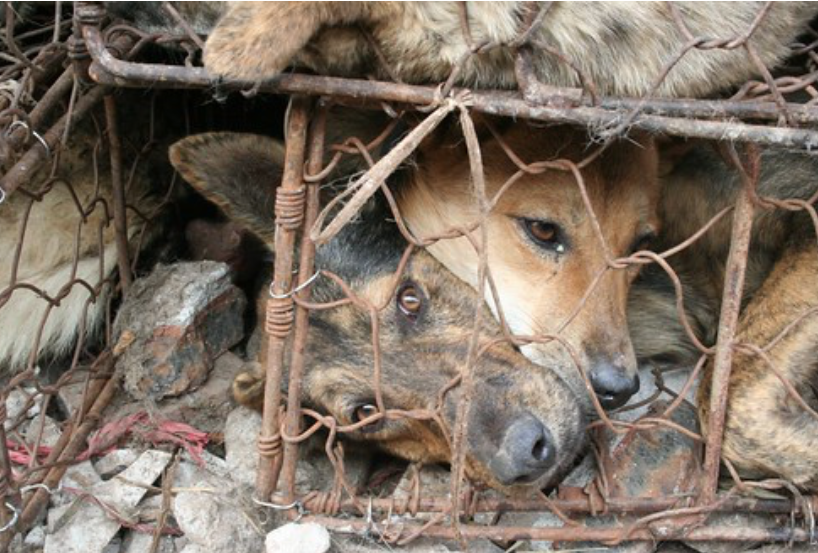LA County Adopts ‘Socially Conscious Animal Sheltering’ Policy , Featuring Humane Care
ANIMAL WATCH-The two largest public animal sheltering agencies in the U.S. are Los Angeles County Animal Care and Control (Director, Marcia Mayeda) and Los Angeles Animal Services (General Manager, Brenda Barnette).



































